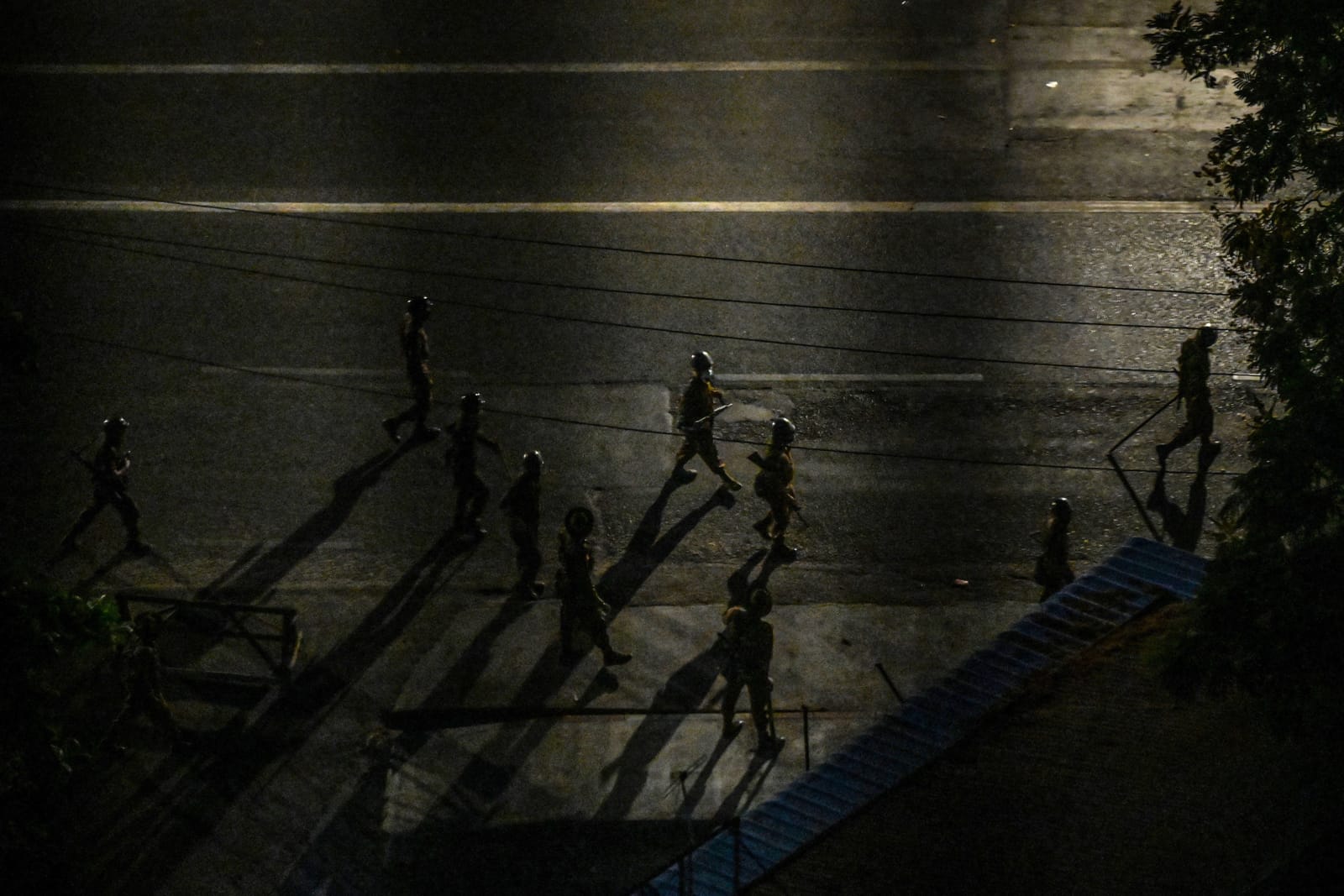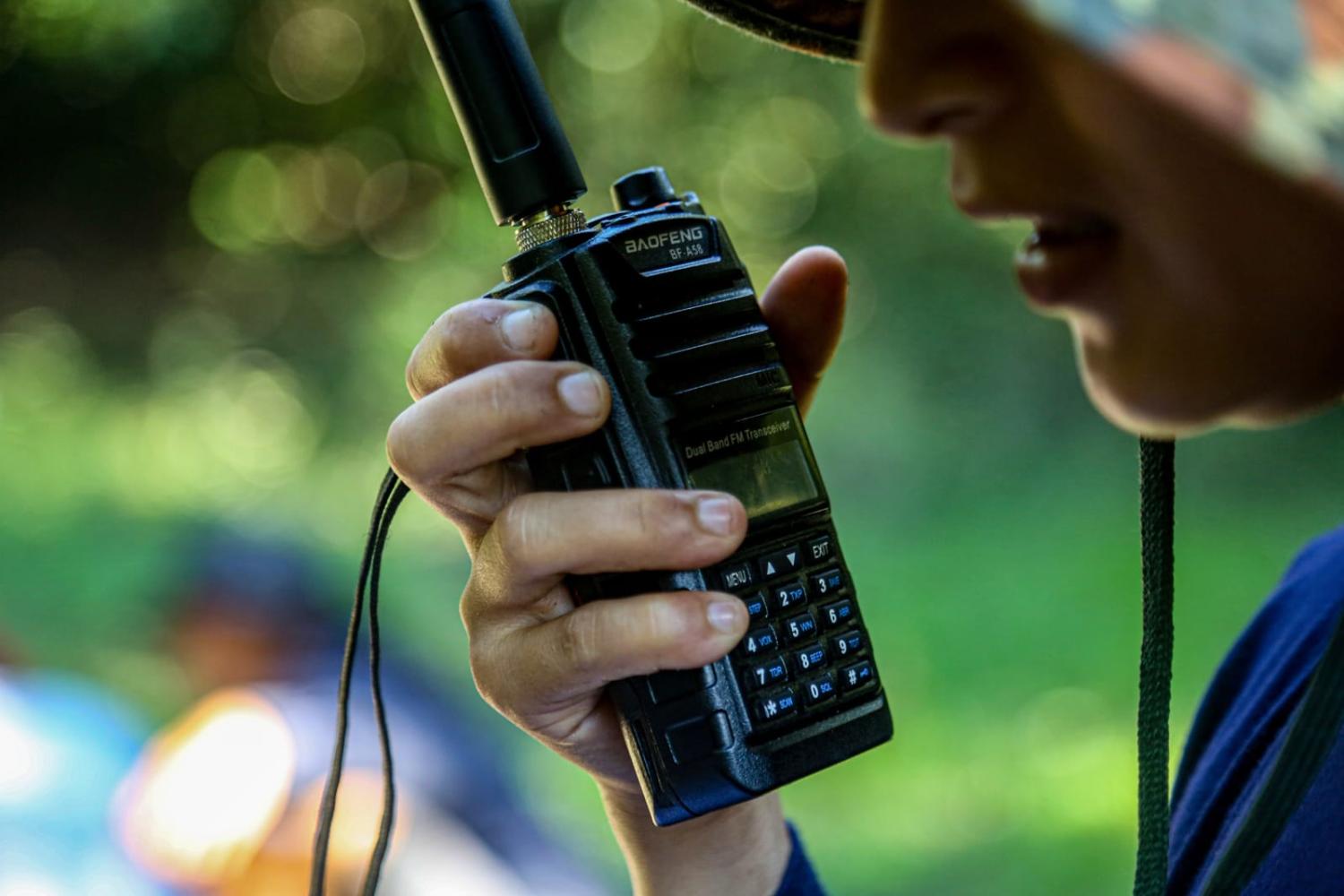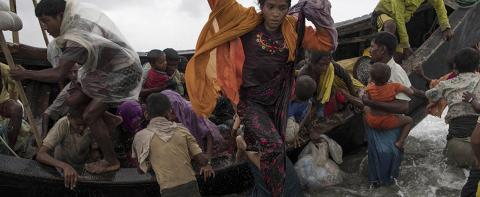In one of the British army’s first primers on “small wars”, Charles Callwell wrote in 1896 that “in no class of warfare is a well organised and well served intelligence department more essential than in that against guerrillas”. This has since become a familiar maxim, quoted in countless books and taught in military academies around the world.
It has also been a lesson learned by authoritarian regimes in Myanmar, which has been wracked by insurgencies since it regained its independence from Britain in 1948. This lesson is now being relearned by the junta which seized power in February 2021 and is currently engaged in a bloody civil war against a coalition led by the shadow National Unity Government (NUG) and its People’s Defence Force (PDF).
Myanmar has always been controlled through powerful intelligence agencies. The British colonial government relied heavily on intelligence collected through its police forces. After Ne Win’s coup in 1962, the Military Intelligence Service was an ever-present threat to Myanmar’s citizens. Between 1983 and 2004, the Directorate of Defence Services Intelligence and Office of the Chief of Military Intelligence exercised enormous influence over Myanmar’s national affairs.
These days, the Office of the Chief of Military Security Affairs reaches into the lives of the population through an extensive network of spies and informers. Even before the coup, it had invested in technology that permitted it to tap internet connections, listen to phone calls, track social media users and locate mobile phone subscribers. CCTV cameras in the major cities carry facial and licence plate recognition software. This data is supplemented with imagery from drones.
The Myanmar Police Force’s Special Branch and Criminal Investigation Department also have access to advanced surveillance technology, which they use to monitor the civilian population and track down members of the opposition movement. They are assisted in these efforts by the Bureau of Special Investigation (BSI), another part of the Ministry of Home Affairs.
As Amitav Ghosh wrote in his 2000 novel The Glass Palace, “in Myanmar there are always spies, everywhere”.

The junta has also embraced the observation by British strategist Julian Paget that “good intelligence is undoubtedly one of the greatest battle-winning factors in counter-insurgency warfare”. Both in the cities and the countryside, the armed forces (Tatmadaw) rely on timely intelligence to conduct military operations against ethnic armed organisations (EAO), PDF units and other resistance groups.
The intelligence war is a savage one. No quarter is asked, or given.
The junta uses detention without trial, torture and extra-legal killings to acquire information about the opposition movement. For its part, the latter subscribes to the view of IRA leader Michael Collins, that “[t]here is no crime in detecting and destroying, in war-time, the spy and the informer”. Assassinations of dalan (informers), ward administrators and other junta supporters occur frequently.
Myanmar’s opposition movement has also taken to heart an observation by Alberto Bayo, the Spanish soldier who trained Fidel Castro. Bayo wrote in 1963 that it “is necessary that all guerrillas must practice intelligence and counter intelligence work, since wars are won more through cunning and shrewdness than by pulling the trigger finger”.
The EAOs, for example, have learned through long and bitter experience that they need to protect themselves from the regime’s intelligence collection efforts and thus avoid direct confrontations with the Tatmadaw’s superior firepower. They are now passing their knowledge on to the fighters of the PDF, local defence units and urban resistance cells.
PDF units are also learning to draw on intelligence gleaned from deserters and are conducting reconnaissance missions before mounting attacks. They are modifying drones to collect imagery of targets, and to increase their situational awareness. They listen in to junta radio traffic. At both the tactical and operational levels, intelligence is now an integral part of their planning.
At the strategic level, the NUG and PDF have created an elaborate intelligence structure.
In the NUG’s Ministry of Defence, there is a Defence Intelligence Agency (DIA). It produces a range of briefings and reports for the Ministry, prepares all-source analyses for other NUG components and provides mission support for the PDF. It also conducts its own intelligence operations, including surveillance, reconnaissance and interrogations.
The DIA also provides intelligence support for the NUG’s Central Command and Coordination Committee, which coordinates military strategy and operations between the PDF, allied EAOs and other resistance groups. The DIA maintains bilateral links with the intelligence elements of friendly EAOs.
There is a Military Intelligence Department under a Director-General (or G2) in the PDF’s high command. It has a combat intelligence section and a psychological warfare section. It also performs counter-intelligence and technical intelligence (including signals and geospatial intelligence) functions down to the level of battalions and the PDF’s five regional commands.
The NUG has created a Department of Special Investigation within its Ministry of Home Affairs and Immigration. Little is known about this body but, from a different political perspective, it appears broadly to mirror the BSI that existed under Aung San Suu Kyi’s quasi-civilian government. The NUG also envisages a Special Branch within its new People’s Police Force.
One new body is a Department of Intelligence Cooperation within the NUG’s Ministry of International Cooperation. Its role is to collect and coordinate the exchange of intelligence between these and other ministries, and with the international community. In this role, it works with the NUG’s Ministry of Foreign Affairs and its Security and Defence Council.
Myanmar is in for a long war. The junta has vowed to annihilate the opposition movement, which it has described as a terrorist organisation. The NUG has declared a “defensive war” against the junta. Both sides have rejected a negotiated solution. They are each seeking a decisive military victory. Yet, as a recent US intelligence assessment found, neither side has the means to deliver a knockout blow.
Unless there is a dramatic change in circumstances, the current strategic stalemate looks likely to continue. If that is the case, it may not be the battle of bombs and bullets that decides the outcome of the civil war in Myanmar, but the battle of wits and wiles. In this, the side that can win the intelligence war will have a distinct advantage.

